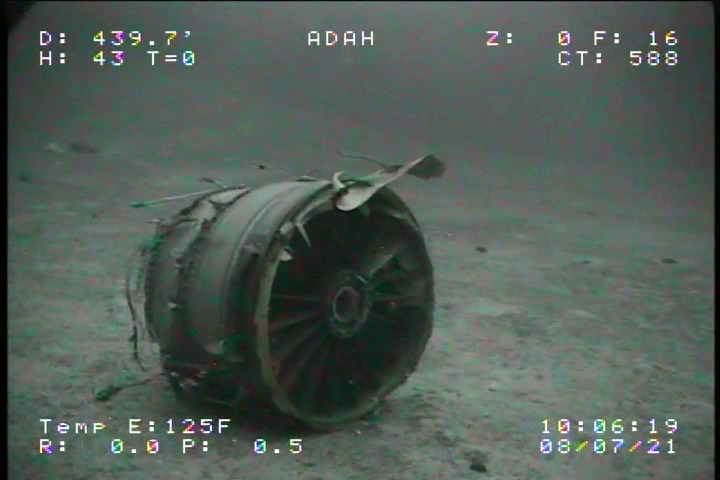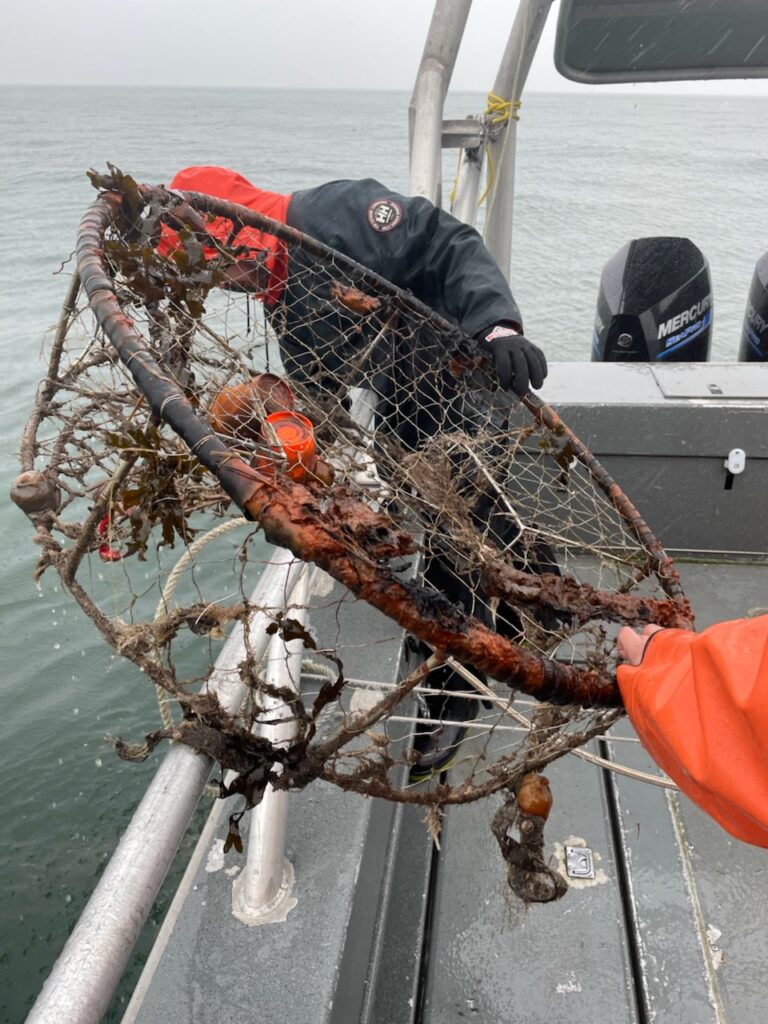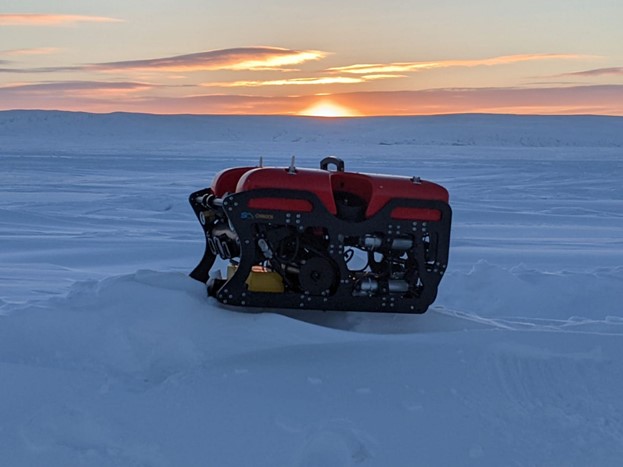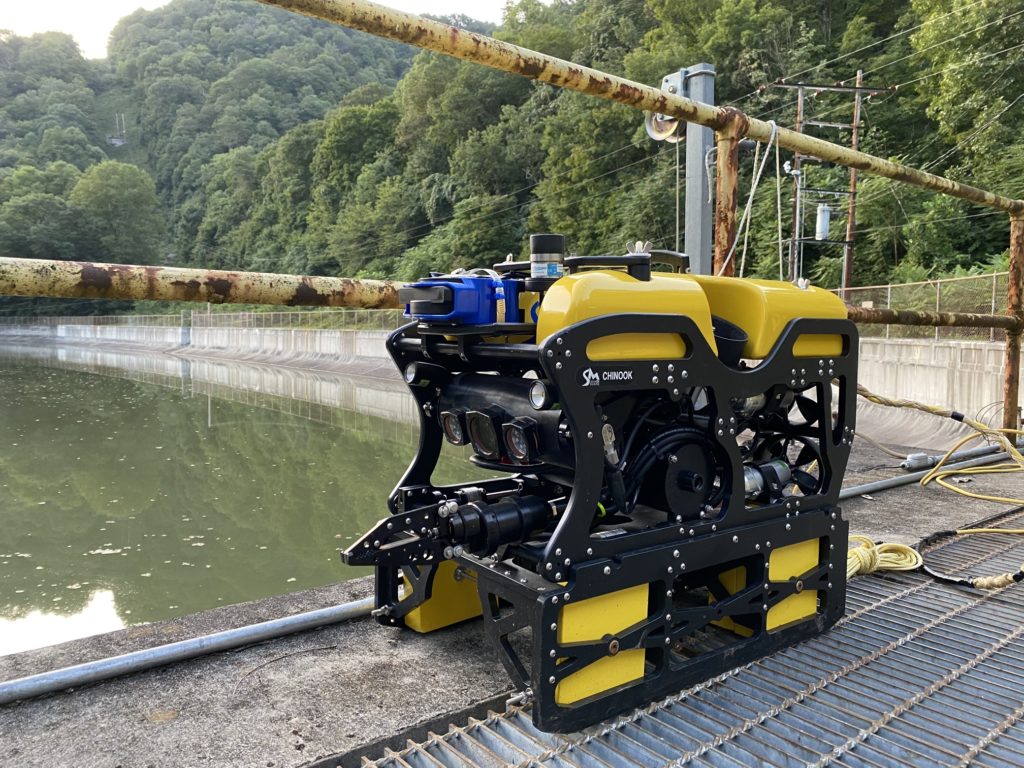The SEAMOR Chinook is one of SEAMOR Marine ROVs. The ROVs have travelled all over the planet and encountered all the extremes from the pressures of the deep to arctic cold and strong currents. Here are some of the highlights of the SEAMOR Chinooks.
Crashed Cargo Plane
When planes crash into the ocean, their wrecks need to be located. Thanks to modern marine tech, we are able to scan the seafloor for any signs of the downed plane. Sea Engineering, Inc. was able to find the wreck of the crashed Boeing 737 a couple miles offshore from Oahu. The Chinook was fitted with powerful thrusters, a rugged design, and a standard definition camera.
“The Chinook continues to be dependable, fast to mobilize and produces quality data for all of our projects in the Pacific region — from wave energy to the offshore oil and gas, geophysical surveys and marine pollution, and emergency salvage and response,” says Rocheleau (President of Sea Engineering).

Seawater Air Conditioning (SWAC) in Tahiti
A great many air conditioning systems rely on electricity sources to operate leaving a high energy demand in areas like French Polynesia. The humidity and heat can be extreme in this region of the world. By using cold, deep seawater, the new AC system has a cooling capacity close to 6 MV. The need for energy-guzzling water chillers at a local hospital has been eliminated.
“SEAMOR’s Chinook ROV is quickly becoming the primary solution to numerous aspects of the SWAC installation, including precise temperature monitoring, pivotal to ensuring the operation poses no negative impacts on local ecosystems. The Chinook monitors temperature readings from 300m to the surface, calculating temperature distinctions at different distances from the SWAC.”

Ghost Gear Recovery
Our Chinook, in collaboration with Lax Kw’alaams Fishing Enterprises (LKFE) and Shift Environmental Technologies (Shift), fished 630 kg of ghost gear out of the ocean. Ghost gear is lost or discarded fishing gear, most of which is made from plastic. It is the biggest source of marine plastic pollution. Ghost gear poses a threat to marine life as they can get tangled in it. The animals might eat some of the smaller pieces as the plastic breaks down. And when it doesn’t break down, big chunks of the gear can physically damage marine ecosystems.
“The Chinook ROV ended up truthing the sonar data. The most successful method was to find strings of crab pots using a towed or hull-mounted side-scan sonar, then revisit those spots with the ROV and get video footage of the target. The ROV footage confirmed that the debris was crab pots, helped determine whether it was retrievable, and identified the locations of the terminal ends of the string.”

Deepest Recovery in RCMP History
Search and rescue operations make use of ROVs to help navigate dangerous environments and retrieve lost goods, and even people. The SEAMOR Chinook has been active in the arctic for several years now. The extremes of this particular recovery included; “five- to six-foot thick ice, air temperatures of -41 C, a windchill of -53 C and a 160-metre submerged depth.”
Don’t have a SEAMOR Marine ROV yet? Already have a SEAMOR ROV but need another? Get in touch.

